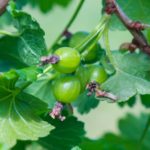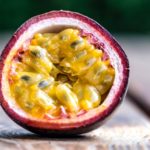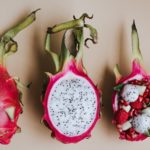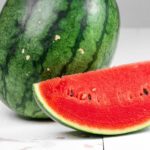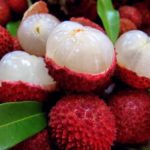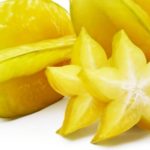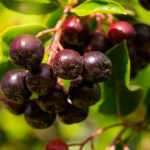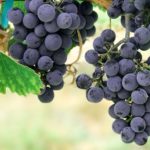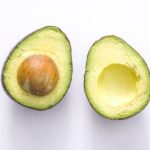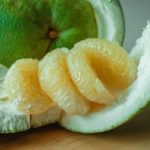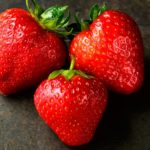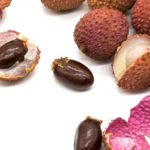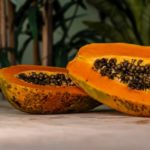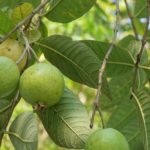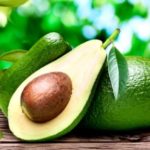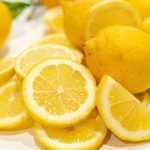Kiwi fruit
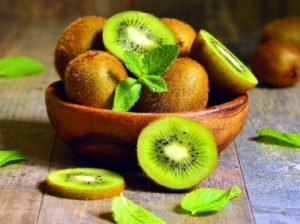 Kiwi – large, weighing from 70 to 150 grams, berries with brownish velvety skin and green flesh, covered with small dark seeds, is also known as “Chinese gooseberry”. Kiwi or actinidia delicacy is a selection fruit of a wild-growing Chinese liana, bred in New Zealand at the beginning of the 20th century. The name of the kiwi fruit to these fruits was conferred by the New Zealand breeder A. Ellison, because of the resemblance to the little bird living in New Zealand.
Kiwi – large, weighing from 70 to 150 grams, berries with brownish velvety skin and green flesh, covered with small dark seeds, is also known as “Chinese gooseberry”. Kiwi or actinidia delicacy is a selection fruit of a wild-growing Chinese liana, bred in New Zealand at the beginning of the 20th century. The name of the kiwi fruit to these fruits was conferred by the New Zealand breeder A. Ellison, because of the resemblance to the little bird living in New Zealand.
How nice when you can go online and see all about unfamiliar fruits and berries. After all, now in the shops they sell a lot of fruits that do not grow in our regions.
Children must ask to try something unusual and exotic. Yes, and we are now looking at the already firmly ranked places in our stores pineapples, bananas, coconuts, like the usual fruits.
Sometimes it is surprising only avocado, passion fruit, lychee, pomelo. Many have already started to buy kiwi to their table. This fruit is firmly conquering place on our dinner table. We consider kiwi fruit. But in principle it is not a fruit, but a berry, just like a watermelon.
Already familiar to us kiwi bred artificially. In the nineteenth century, the Chinese liana was brought to New Zealand and the gardener Alexander Ellison cultivated this plant, which began to bear edible fruits.
Fruits of Chinese creepers called “actinidia chinese” are a brownish-green berry the size of a chicken egg, in the section the flesh is green with a large number of small seeds. To taste it can be compared with gooseberry. For their taste, they have become popular among New Zealanders. But for a long time the Kiwi remained a local New Zealand product, and only many years later another New Zealander James McLaughlin, a former postal employee, left without work, engaged in the export of this exotic fruit. And very well. For several years, Kiwi has become popular in many countries around the world.
The American soldiers who came to New Zealand brought the seeds of this plant to America, where they began to cultivate it successfully, and thanks to the selection work, the fruits acquired the look and taste we were used to. Now Kiwi is grown in the southern regions of the United States, in Mexico, in South America. Now the fruit weighs from 100 to 160 grams and is much tastier than its Chinese progenitor. For its appearance, resembling a small sitting bird kiwi, a new variety is also called kiwi.
Over time, the kiwi spread to almost all continents. In South America, Chile is grown only one variety – Hayward. It was introduced to Chile in the early 80s of the twentieth century, perfectly adapted to local climatic conditions and now Chile is one of the leading exporters of kiwi in the world.
Chilean kiwis look like a lemon. The size is about 8 cm in length. The average weight is 150 grams. They are covered with a thin, friable brown skin, inside there are small dark bones. Taste from sour to sweet, something like the taste of strawberries or pineapple.
Most often we sell kiwi with soft green flesh. Sometimes we get kiwi without hair. This is a “bald” fruit called GOLD. Its fruit is tastier than “shaggy”, but much more expensive. There are fruits with yellow color. They are also sometimes called “yellow” or “golden” kiwi. Many peel the skin before use. It turns out that kiwi can be eaten with the skin, but only at first it will get rid of the villi. Consume the fruit not only in fresh form. Often prepare jams, preserves, marmalades, juices, drinks. The filling for pies is also delicious. Some make kiwi liquors and tinctures in general. Kiwi salads are served with meat dishes. Some pickled kebab meat with kiwi peel instead of vinegar. The kebab from this gets a pleasant aromatic smell and excellent taste.
Beneficial features
Kiwi fruit is valued because of the high content of vitamin C in them. This vitamin is 4 times more than in lemons. They are also rich in vitamins A, B1, B2, B3, B6, B9, C, E, D, PP. K1, phosphorus, manganese, calcium, potassium, iron, magnesium, zinc. Not to mention carbohydrates, fiber, proteins, disaccharides, fats. By consuming this fruit, you can help with iodine deficiency, hypertension, stress, heart disease, pregnancy, diabetes, cancer. The one who often eats kiwi, long retains its hair color, the hair begins to turn gray later. The risk of getting sick with thrombosis and atherosclerosis is reduced. The harmful cholesterol, nitrates and toxins are eliminated from the body. Kidney stones are not formed, as kiwi intensively removes salt. Drinking kiwi activates the immune system, strengthens muscle and bone tissue.

